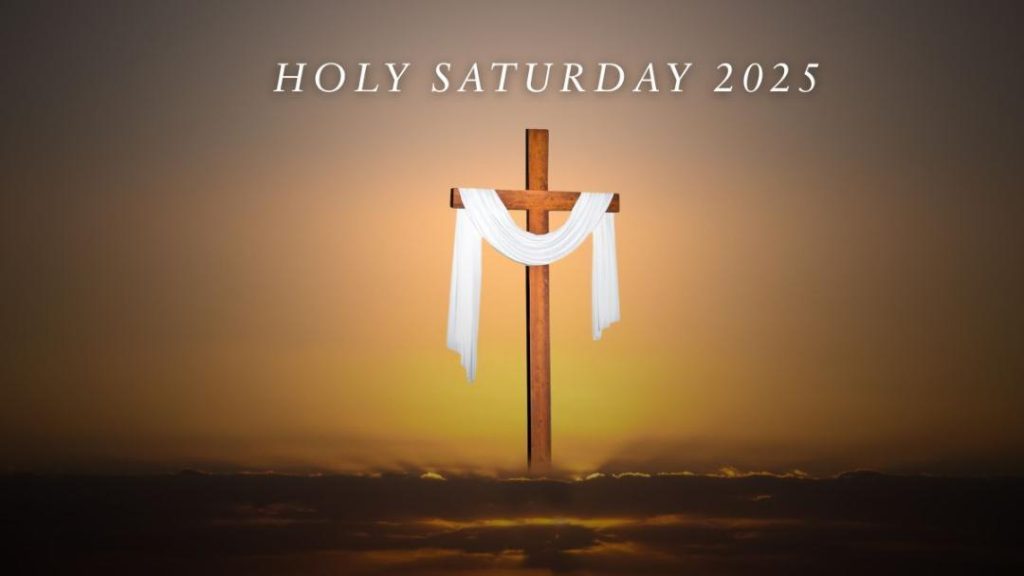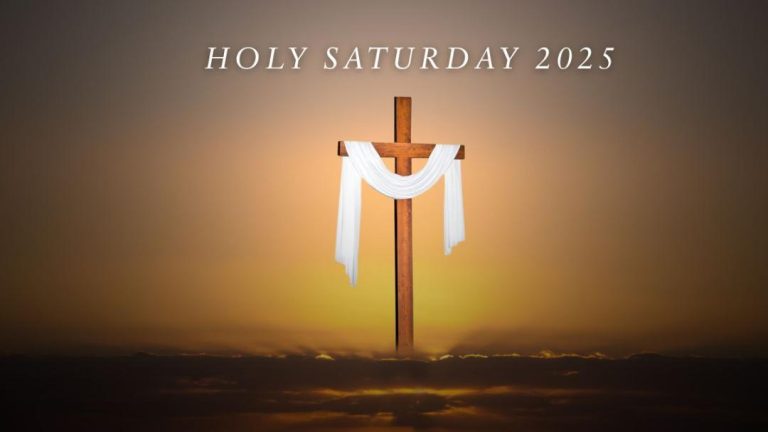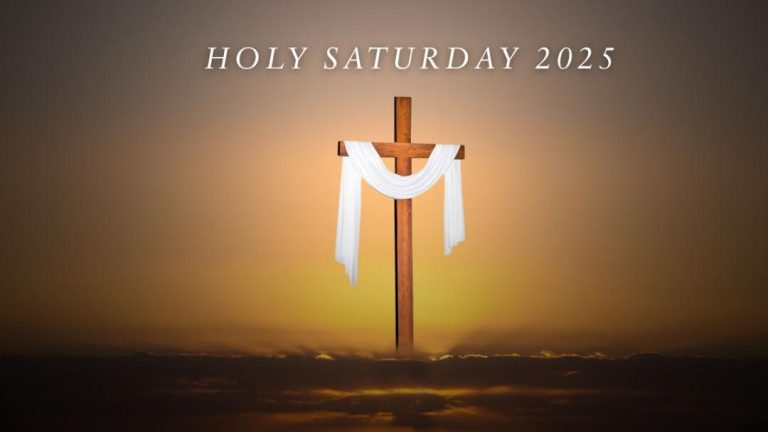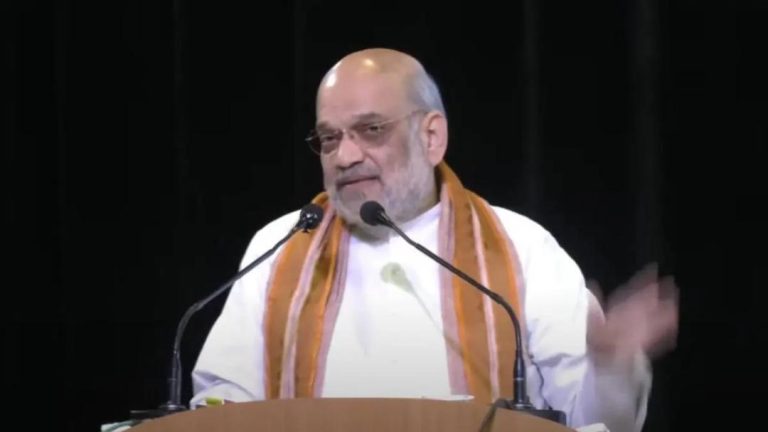
What is Holy Saturday & why is it celebrated?
Holy Saturday, observed between Good Friday and Easter Sunday, marks the day Jesus Christ lay in the tomb after his crucifixion. It signifies a period of silence, reflection, and anticipation before the celebration of his resurrection. This year, Holy Saturday will be observed on April 19, 2025, followed by Easter Sunday on April 20.
In the Christian calendar, Holy Saturday is a significant day that bridges the gap between Jesus’ crucifixion and his resurrection. It is often referred to as Easter Eve, and is observed by Catholics, Protestants, and Eastern Orthodox Christians alike. During this day, Christians around the world come together to reflect on the significance of Jesus’ sacrifice and the promise of eternal life.
According to Christian doctrine, Jesus was crucified on Good Friday and was buried in a tomb. On Holy Saturday, his body lay in the tomb, and the disciples and followers of Jesus were left to grapple with the reality of his death. However, this period of darkness and despair was not the end of the story. Instead, it marked the beginning of the most pivotal moment in Christian history – the resurrection of Jesus Christ.
The significance of Holy Saturday lies in its quiet and contemplative atmosphere. It is a day of silence, reflection, and anticipation, as Christians prepare themselves for the joy and celebration that will come with Easter Sunday. The day is marked by a sense of longing and expectation, as believers await the moment when Jesus will rise from the dead and conquer death and sin.
In many Christian traditions, Holy Saturday is observed with a variety of rituals and customs. Some churches hold special services, known as the “Tenebrae” or “Darkness” service, which feature readings, prayers, and hymns that reflect on the darkness and despair of Jesus’ death. Others may hold vigil services, where believers gather to pray and wait for the dawn of Easter morning.
In some cultures, Holy Saturday is also associated with traditional foods and customs. For example, in some Latin American countries, families gather together to prepare traditional dishes, such as tamales and hot cross buns, which are often served at Easter Sunday meals. In other cultures, Holy Saturday is marked by the use of traditional symbols, such as the Easter lily, which represents new life and renewal.
Despite its significance, Holy Saturday is often overlooked in favor of the more festive celebrations of Holy Week. However, this day is an important part of the Easter narrative, and offers a unique opportunity for Christians to reflect on the meaning and significance of Jesus’ sacrifice.
As the world waits with bated breath for the dawn of Easter morning, Christians around the world will gather together to celebrate the resurrection of Jesus Christ. But before that moment of joy and celebration, Holy Saturday offers a chance to reflect on the darkness and despair of Jesus’ death, and to anticipate the promise of eternal life that will come with his resurrection.
In conclusion, Holy Saturday is a significant day in the Christian calendar that bridges the gap between Jesus’ crucifixion and his resurrection. It is a day of silence, reflection, and anticipation, as Christians prepare themselves for the joy and celebration of Easter Sunday. Whether you are a Catholic, Protestant, or Eastern Orthodox Christian, Holy Saturday offers a unique opportunity to reflect on the meaning and significance of Jesus’ sacrifice, and to anticipate the promise of eternal life that will come with his resurrection.






